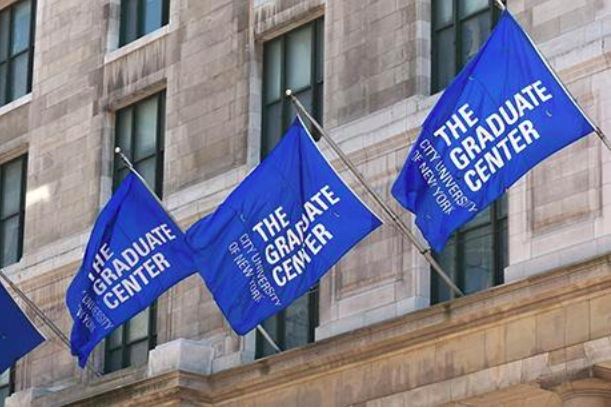Natalie Milbrodt, while working on her master’s thesis, decided to create the Queens Memory Project to document and preserve the memory of ethnic groups in Queens.
“Queens County is the most diverse county in the United States, and, since other counties have their own documenting projects, we felt Queens should have their own as well,” Milbrodt said.
The Queens Memory project is collaboration between Queens College and the Queens Library.
“I think its great to have a digital archives of all the various ethnicities in Queens, since it strengthens our own understanding of these different communities,” said Oren Dayan, a freshman at QC.
The archive collects photographs and newspaper clippings from current and former Queens residents as well as interviews with current residents into a digital database for documentation.
“We conducted 286 interviews in 53 neighborhoods with participants hailing from 23 countries,” Milbrodt said.
QC provided initial funding for Milbrodt as well as successive funding for each year thereafter.
The project relied on several unique ways to document the historical life of Queens in addition to standard interviews.
One such contribution was to tap into the QC student body. As one of the most diverse colleges in the United States, Milbrodt first elicited the help of faculty to document their students’ communities.
Professor Dranah Viladrich offered her students a two semester-long project studying the culinary traditions of immigrant communities. Students interviewed community members and asked for them to share their recipes.
Another unique contribution was St Albans’ musical history.
St. Albans became a haven for jazz musicians in the 1960s. Lena Horne, Fats Waller and Ella Fitzgerald were all former residents.
Many residents still remember their presence and project members interviewed them and collected memorabilia to preserve the memory of that great time.
St. Albans played a role in the hip-hop scene, with many famous artists, such as LL Cool J and Q-Tip, hailing from the community. The project contacted several hip-hop artists to interview them about life growing up in St. Albans and the effects of jazz artists in the community and on their careers.
However, the project did more than document individual or communal histories. Several communal events sponsored by the project brought people from all over Queens to come and share their personal items. Volunteers scanned and digitized the items or conduct interviews. In addition to digitizing items, they taught participants, many of who are elderly, digital literacy.
“I think digital literacy is very important to teach to elderly people, as many of them are not as connected to their family members as they could be,” said Max Fruchter, a freshman.
Because the project is open-ended, it doesn’t plan to stop until all groups in Queens are represented.
“The goal of the program is to fill in the gaps to represent as many people as possible,” Milbrandt said.













